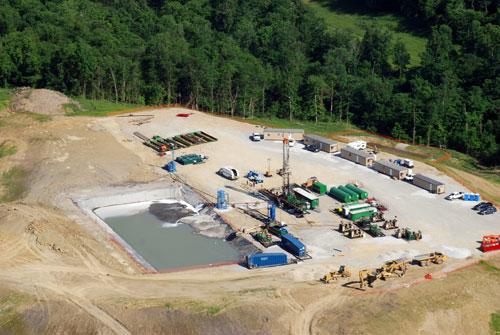
U.S. GAS UP

The number of rigs in operation, as of May 8, totaled 894, a drop of more than 1,000 since 2014's September 26 peak of 1,930 rigs, according to data from Baker Hughes. Of these, 668 rigs were targeting oil and 221 were targeting gas. As recently as November 2011, there were as many gas rigs active as there are total rigs today, and in August 2008, when shale gas exploration was ramping up, there were 1,606 gas rigs, representing 79% of all rigs deployed nationwide.
Over the past several years, the rig count has fallen, but without reducing production. This has been accomplished largely because of gains in rig efficiency, including improved technology but also the higher quality of the rigs and crews that are still operating (when companies cut back, they start with the least-efficient rigs). In addition, companies are making decisions to focus on their best production opportunities, a tactic called high-grading. More recently, a 49% drop in crude oil prices from June 2014 to April 2015, and a 43% drop in natural gas prices in the same period, has led operators to reduce the number of rigs in use, with a decrease in oil rigs accounting for 90% of the total rig decline. While oil and gas prices have been generally increasing since mid-March and mid-April of 2015, respectively, making up for a portion of earlier declines, they still remain relatively low compared to recent history.
Even with the decline in rigs, U.S. dry natural gas production continued to grow, reaching record highs in December 2014 of more than 74.3 billion cubic feet per day (Bcf/d), and retaining an average production in February 2015 of more than 74.2 Bcf/d, a 10% year-over-year rise from February 2014. EIA projects that dry natural gas production will increase year-over-year by 4.3 Bcf/d (6.0%) in 2015, reflecting continuing production growth in the Lower 48 states. In particular, EIA's Short-Term Energy Outlook expects that most of the growth will come from the Marcellus Shale, as a backlog of drilled wells are completed and new pipelines come online to deliver Marcellus gas to a broader market. Additionally, even with the reduction of active natural gas-targeted rigs, there is a backlog of drilled but uncompleted wells that are positioned to support production, especially as prices recover.
eia.gov






